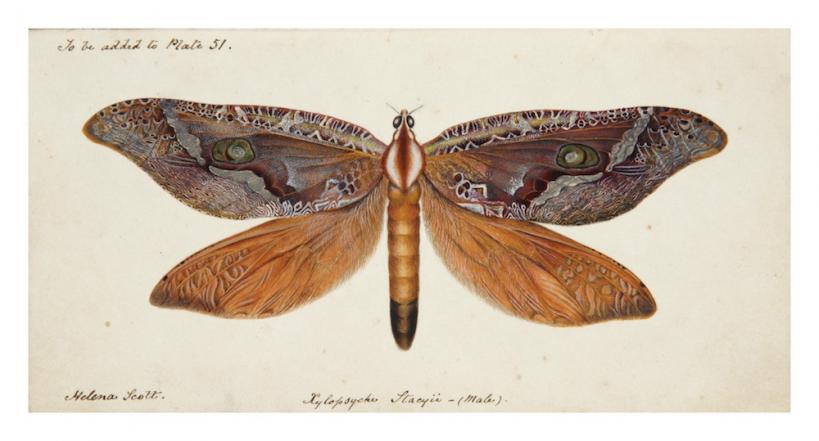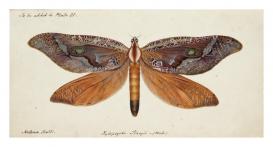From the earliest years of the Australian colony of New South Wales, natural history served as a vital lens and organising principle for colonists' encounters with the land, its strange new flora and fauna, and its First Nations' peoples. Natural history played an important role in the colony's economy and trade too, and in its representations. For the colony’s first 50 years, natural history was mostly made through the work, material and textual products (narrative accounts, illustrations and specimens) and exchange networks of individual actors. Most worked in the service of the natural history trade, and there was little systematic or co-ordinated effort. However, from the 1820s demand grew for observations along with objects, and for better coordination of effort. Natural history became a national goal and the Australian Museum was founded in Sydney in 1827.
My project examines the period from 1850 to 1880 to trace the growing sophistication and coordination of Australian natural history as action, as institution, and as an increasingly codified and organised body of scientific and artisan knowledge. I focus on three examples: professional natural history illustrators Harriet and Helena Scott's butterfly and moth illustrations and commercial book projects; the career, work and writings of German-born Curator Gerard Krefft; and the establishment, codification and normalisation of registration and collection management practices at the Australian Museum.

Xylopsyche stacyii Scott, Bent-wing Swift Moth. Watercolor by Helena Scott, 1855.
Image copyright Australian Museum.

